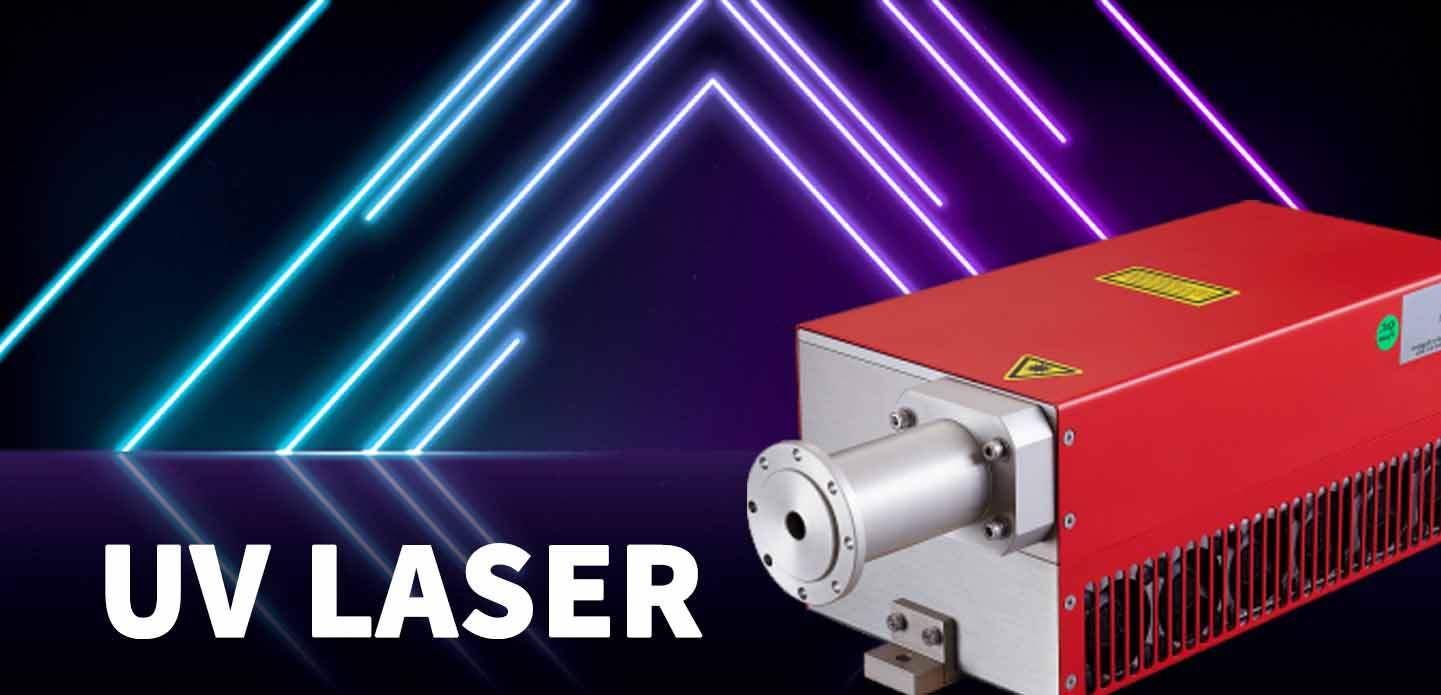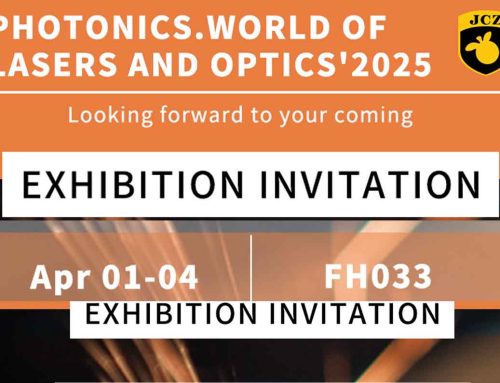UV laser technology is revolutionizing various industries by providing precise and high-quality marking, engraving, and cutting solutions. Known for their shorter wavelengths, UV lasers are especially effective in processing delicate and complex materials. In this article, we will delve into the features of UV laser marking, the applications of 355nm lasers, deep UV lasers, and how different UV laser sources are being used in industries ranging from electronics to medical device manufacturing.
What is UV Laser Technology?
A UV laser is a type of laser that emits light in the ultraviolet spectrum, typically ranging from 200 nm to 400 nm. These lasers produce shorter wavelengths compared to visible light lasers, making them highly effective for marking and engraving sensitive or fine materials. One of the most commonly used wavelengths in UV lasers is 355nm laser, which provides an optimal balance of precision and power for marking and engraving tasks.
Key Characteristics of UV Lasers
UV lasers are known for their high precision and ability to work with a wide range of materials, including metals, plastics, glass, and ceramics. The shorter wavelength of UV laser light allows it to be focused into a very fine spot, enabling high-resolution marking even on small or intricate components. Additionally, UV laser marking causes minimal thermal damage to the surrounding material, making it ideal for applications that require minimal heat impact.
UV Laser Marking: Advantages and Applications
UV laser marking involves using a UV laser to etch or mark a material’s surface. This process is highly precise and results in clean, durable markings that do not degrade over time. One of the major advantages of UV laser marking is its ability to work on a variety of materials, including those that are sensitive to heat, such as plastics and organic materials. Unlike traditional marking methods, which can cause deformation or discoloration, UV laser marking leaves no visible heat-affected zones.
UV laser marking is widely used in industries such as electronics, automotive, medical devices, and packaging. For example, it is used to engrave serial numbers, logos, barcodes, and QR codes on small components, which require high-precision marking without compromising the integrity of the material.
The 355nm Laser: Precision at Its Best
The 355nm laser is one of the most common wavelengths used in UV laser technology. It is known for its excellent beam quality and high power density, making it suitable for a range of marking, engraving, and cutting applications. The 355nm laser offers the advantage of a smaller focal spot size, which allows for finer detail and precision when engraving or marking complex designs.
Advantages of the 355nm Laser
The 355nm laser is particularly effective in the semiconductor industry for marking microchips and components that require precise identification. It is also commonly used for engraving on medical devices and tools, where cleanliness and precision are paramount. Additionally, the 355nm laser works effectively on materials that are traditionally difficult to mark, such as sapphire, ceramics, and glass, making it a versatile choice for a wide range of applications.
Deep UV Laser: The Next Step in Laser Marking
A deep UV laser typically refers to lasers with wavelengths shorter than 355nm, typically ranging from 200nm to 300nm. Deep UV lasers offer even finer resolution and higher precision compared to standard UV laser systems. They are particularly beneficial in industries where ultra-fine detail is required, such as in semiconductor manufacturing or the production of optical components.
Why Use a Deep UV Laser?
The primary advantage of a deep UV laser is its ability to mark and engrave on materials that are not easily processed by longer-wavelength UV lasers. Deep UV lasers have the ability to interact with materials at a molecular level, which allows them to produce extremely fine features without causing any thermal damage. This makes them ideal for high-precision applications such as microelectronics, optics, and medical device manufacturing.
UV Laser Source: Key to High-Performance Marking
The UV laser source is the heart of any UV laser system. It provides the necessary energy to generate the laser beam, which is then focused on the material’s surface for marking or engraving. UV laser sources come in different configurations depending on the required application, with varying power levels, wavelengths, and beam qualities.
A high-quality UV laser source is crucial for ensuring consistent performance and achieving the desired marking or engraving results. The efficiency of the UV laser source also plays a critical role in the overall cost-effectiveness of the system, as higher efficiency leads to lower energy consumption and reduced operational costs.
Applications of UV Laser Marking
UV laser marking technology has found widespread use in several industries due to its ability to provide precise and durable markings on a variety of materials. Some of the most common applications of UV laser marking include:
Electronics Industry
In the electronics sector, UV laser marking is used to engrave serial numbers, QR codes, and product information on small components such as microchips and circuit boards. The precision and fine resolution provided by 355nm lasers are ideal for these intricate tasks.
Medical Devices
For medical devices, where cleanliness and precision are critical, UV laser marking offers a safe and effective method for engraving product information or serial numbers without damaging the surface of delicate components. Deep UV lasers are often used in this field to engrave materials such as titanium, plastics, and other biocompatible materials.
Packaging Industry
UV lasers are also widely used in the packaging industry for marking product packaging with barcodes, expiration dates, and logos. The non-contact nature of UV laser marking ensures that the packaging material remains intact, without any deformation or damage.
Benefits of UV Laser Marking Over Traditional Methods
Compared to traditional marking methods, such as inkjet printing or mechanical engraving, UV laser marking offers numerous benefits. These include:
- High Precision: UV laser systems can produce highly detailed and accurate marks, even on small or intricate parts.
- Non-Contact Process: Since UV laser marking is a non-contact process, there is no risk of physical wear or damage to the material.
- Minimal Heat Impact: The short wavelength of UV lasers means they generate minimal heat, reducing the risk of thermal damage to sensitive materials.
- Durability: UV laser markings are permanent and resistant to wear, making them ideal for applications requiring long-lasting marks.
Conclusion: Why UV Lasers Are Essential for Modern Marking Applications
In conclusion, UV laser technology, including 355nm lasers, deep UV lasers, and UV laser sources, offers a highly precise, efficient, and versatile solution for a wide range of marking and engraving applications. The ability of UV laser marking to work on sensitive materials without causing damage, combined with its exceptional resolution and durability, makes it an invaluable tool in industries such as electronics, medical devices, and packaging.
As demand for higher precision and quality continues to rise, UV laser technology is poised to play an even larger role in the manufacturing sector. The continued development of UV laser sources will likely lead to even more advanced and cost-effective solutions for businesses looking to improve their marking and engraving capabilities.
由用户投稿整理稿件发布,不代表本站观点及观点,进行交流学习之用,如涉及版权等问题,请随时联系我们(yangmei@bjjcz.com),我们将在第一时间给予处理。






